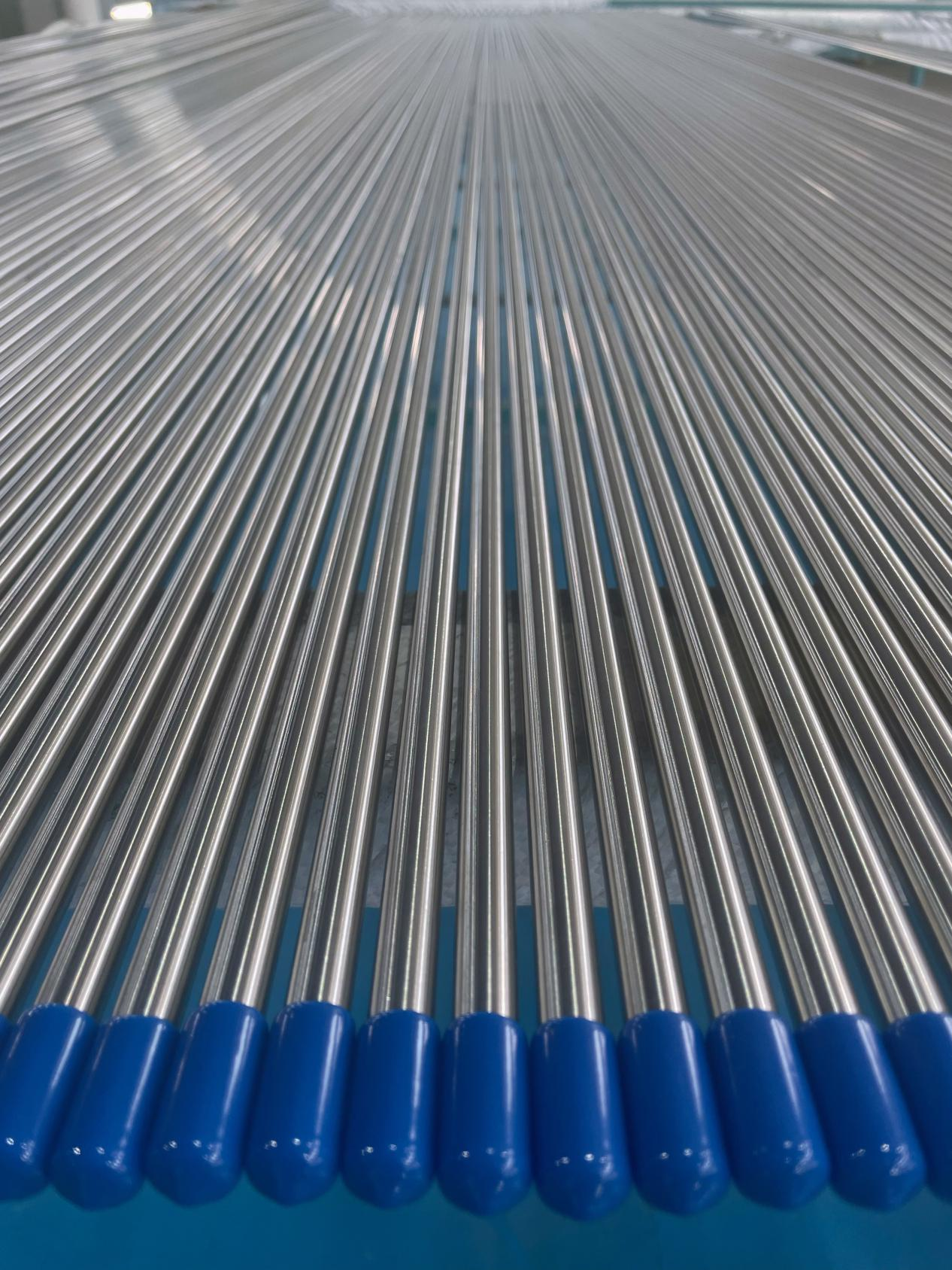Bright annealing significantly improves the mechanical properties of stainless steel tubes, making them more suitable for demanding applications that require high strength and durability. During the annealing process, the stainless steel's crystal structure is altered, resulting in the removal of dislocations and defects that may have formed during the initial manufacturing processes. As a result, the material becomes more homogeneous, reducing the risk of brittleness and improving its toughness and ductility.
The annealing process also allows for stress relief in the stainless steel tubes. This is especially crucial for tubes that have undergone extensive cold-working or forming processes during fabrication. By removing residual stresses, the tubes become less susceptible to premature failure and exhibit improved fatigue resistance, prolonging their operational life in dynamic applications.
One of the primary advantages of bright annealing is the enhancement of the surface finish of stainless steel tubes. The controlled heating and cooling processes eliminate surface imperfections, such as scale, oxide layers, and discoloration, resulting in a bright and reflective appearance. The smooth surface finish achieved through bright annealing is not only aesthetically pleasing but also critical for applications where cleanliness and hygiene are paramount.
For industries like pharmaceuticals, food processing, and semiconductor manufacturing, where product purity is crucial, the smooth and contaminant-free surface of bright annealed stainless steel tubes is highly desirable. This surface finish minimizes the potential for particle adhesion and corrosion, ensuring that the tubes meet stringent industry standards for cleanliness and performance.
Bright annealing plays a crucial role in maintaining the corrosion resistance and material integrity of stainless steel tubes. By subjecting the tubes to a carefully controlled atmosphere during the annealing process, the risk of oxidation and surface contamination is minimized. This prevents the formation of corrosion sites, preserving the stainless steel's passive layer, which is essential for its corrosion-resistant properties.
Additionally, the bright annealing process does not involve quenching, which can cause distortion or create microcracks in the material. As a result, the mechanical integrity of the stainless steel tubes remains intact, ensuring that they can withstand harsh environments and corrosive substances without compromising their structural stability.





 English
English 中文简体
中文简体











